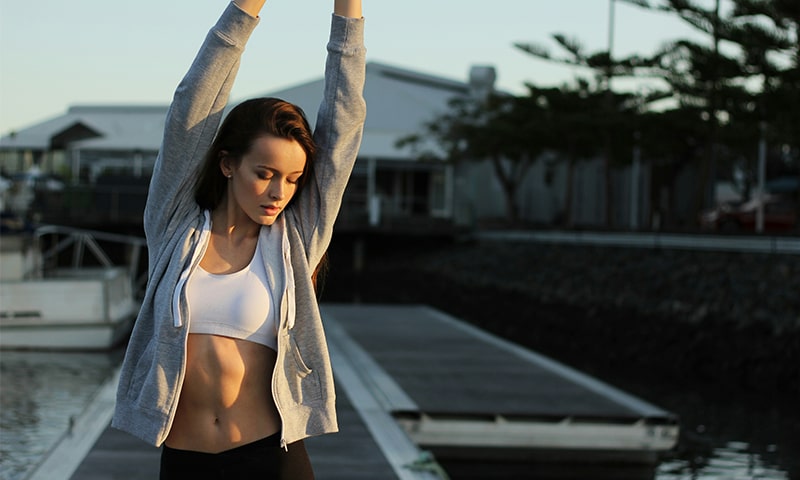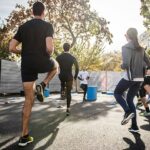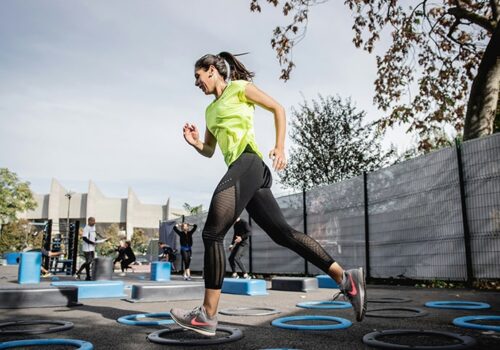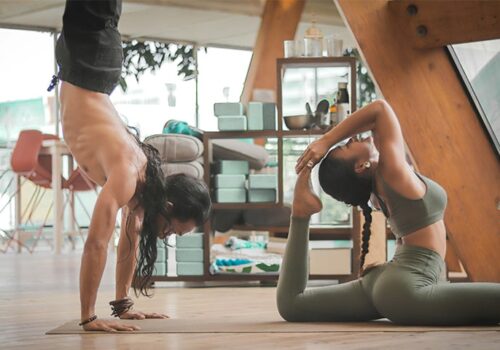The Exercise Routines in Australia
Australia has some of the best natural landscapes, sunny coastlines and weather that encourages people to spend quality time outdoors. Health and fitness can now be said to be a core segment of the Australian way of life, owing to the environment that the country fosters as far as exercising is concerned. Starting from the coastal cities to the country’s rural areas, Australians are proud of their fitness and health, and these trends match the nation’s lifestyles.
From surfing at Bondi Beach to trekking in the Blue Mountains, to following structured workout regiments in the Gym, Australians exercise extensively. However, how exercise is undertaken here is also a means of enhancing not only the health of an individual but also the emotional well-being of people, as well as promoting communal feeling and interactions with nature.
With that in mind, let us consider the different exercise routines of Australians, how cultural and environmental factors come into play, and what trends, fitness bloggers, and authorities have been pushing in Australia to take up exercises and sports.
Favourite Forms of Physical Activity in the Population of Australia
It can be said that Australians are privileged to have numerous options in exercise. The availability of lots of terrains makes it easy for people of the country to catch up with either outdoor or indoor exercises. Here are some of the most popular exercise routines across the country: Here are some of the most popular exercise routines across the country:
- Outdoor Activities: These are a few examples: Running, Cycling, and Hiking
Australians are also great lovers of the outdoors, and this is well manifested in exercising. Jogging, biking, and walking are some of the kinds of exercises that are done outside the facility. The Australian cities are saturated with parks, recreational areas and road networks with bike facilities.
In the general sense jogging and cycling are well-experienced but more commonly found in Sydney Melbourne and Brisbane. Another common activity is running and cycling where many citizens make use of tracks involving Sydney Harbour Bridge to Bondi, the Brisbane River Loop and the Great Ocean Road among others.
Climbers can find different trails in almost any type of terrain in Australia, from the Bondi to the Coogee Coastal Walk, and from the Overland Track in Tasmania. These activities are spun around fitness and the outdoors, a way through which people get to work and at the same time marvel at the wonders of Australian nature.
- Beach Activities: Surfing, Beach Volleyball and Open water swimming.
Beaches are an integral part of Australian culture, and the beaches mean an opportunity for a workout besides plain recreation. Surfing is a reputable Australian Sport with famous sites of surf such as Bondi-beach, Bells-beach, and the gold-coast among others. Surfing is an excellent training for muscles, which means that it strengthens muscles, endurance and balance.
Another game that people of the Down Under love to play and watch is beach volleyball. Some of the common beaches include Manly Beach this beach has grounds for volleyball where people engage in recreational and competitive volleyball as does Glenelg Beach. This is one sport which can be played to exercise while at the same time getting a tan.
Free water swimming is also popular in this continent. Open-water swimming meaning the practice of swimming in the sea is also a popular sport in Australia. Having created the conditions for clear water, Australians swim long distances in the ocean. Australia is popular for its swim spots and there are several ocean swimming events such as the Bondi to Bronte swim, Noosa and Byron Bay.
- Gym Workouts: HIIT, Weight Training and CrossFit
Australia has a huge gym culture where people of all interests get to enjoy the numerous gyms and fitness centres. The most common schedules include High-Intensity Interval Training better referred to as HIIT, weightlifting, and the CrossFit schedule.For those Australians who have minimal time to spend in a gym, HIIT workouts have become the most preferred. This type of training involves exercise intervals followed by breaks where one exercises at a high rate and then rest for a short time before continuing with exercises, it is excellent in burning calories and toning muscles. The HIIT classes are also common in gyms throughout Australia because of their effectiveness and short duration.
Weight training is another exercise that can be permanently observed in Australian fitness facilities. And this is the moment – from powerlifting to bodybuilding, Australians are big fans of gaining strength and muscles. Weight training is muscle-building that is systemic and can suit people’s training schedules, which is why it is highly preferred.
As with other functional fitness training and HICT, CrossFit training has also gained popularity in Australia. Intensely team-like ‘CrossFit boxes’ are valued by many members of the Community due to the shared space workouts. Cross Fit is still on the rise and many Australians are performing exceptionally well in the sport.
- Group Fitness Classes: Fitness activities that are included are Yoga, Pilates and Spin classes.
Group fitness classes pose as one of the most effective ways how Australians can maintain motivation and social relations. My favourites over the years have been Yoga and Pilates because they are workout routines with added advantages both for the body and mind. Yoga is popular in Australia and one of the main attractions of many studios is the opportunity to have a lesson on the beach or in a park.
Some other forms of exercise to have received much attention are Pilates, which concentrates on the central muscles and flexibility and particularly the reformer Pilates. It is a non-complicated form of exercise that can be enjoyed by persons of different ages and those with injuries.
Indoor cycling workouts known today as spin classes are very popular among urban fitness enthusiasts. Spin classes create a fun music environment in Australia where individuals take on the aerobically demanding exercise to burn fat. Comment on some of the creatively designed cycling studios such as CycleBar Studio, KX Cycle Studio and the like.
- Sports: Soccer, Cricket, Football, Tennis and Basketball
In Australia, a significant number of people incorporate sports into their exercise regimen since the country is a sports-crazed nation. Some of the traditional games that are popular among Kenyans include football (Soccer), cricket, rugby, tennis, and basketball among others. These sports are not only good homes for one’s body but also good homes for communities; competition-making places, if you will.
Football (soccer) and basketball are the most loved games and leagues and competitions are regularly arranged in the urban region attracting all age groups. Both cricket and rugby enjoy being played in parks, schools or clubs during the specific times or seasons of the year all in a way depicting the Australian spirit. Soccer and tennis also have a large following with the tennis craze going in full swing during the Australian Open tennis championship.
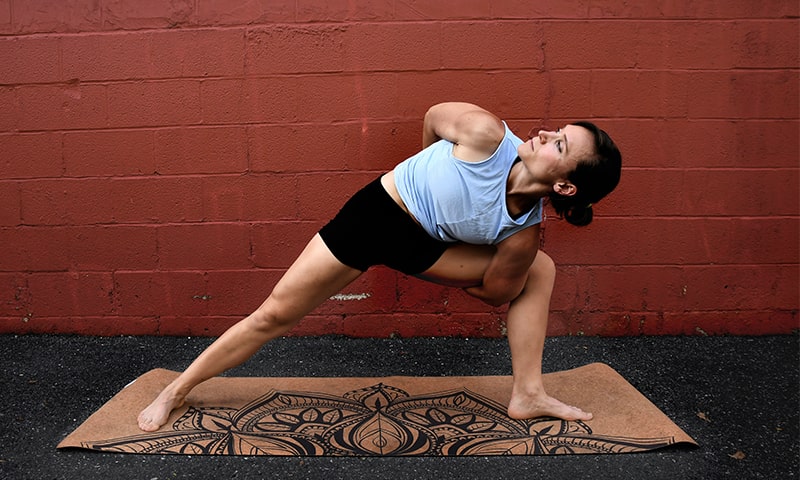
Comparing the Exercise Regimen of Every City against Every other Region
It is also demonstrated that the Australian people’s exercise rates differ depending on where they live – urban or regional. The population of the urban centres for the most part enjoys the best exercise facilities in gymnasiums, fitness centres, and club teams. Then there are inner-city urbanized small sleek gyms, yoga centres and classes that are prevented to those special fitness interests be it boxing, Pilate or barre in Sydney and Melbourne. Features like parks and paths for walking are also common in urban areas hence allowing people to exercise many of the times.
Whereas regional Australians may use products like hiking, farming or cycling to access a product or to run an organization. Due to the lack of well-equipped gyms and fitness centres in rural areas, the natural environment can often be turned to. Examples of exercises in these regions include manual work and outdoor activities from farming among them.
There is also a direction to the creation of communities in rural areas that have been organized to supply fitness facilities, fitness classes, group hikes, and other sports activities. Thus, such movements can contribute to the establishment of comparable fitness recreational facilities in urban areas and regional ones and highlight the principles of togetherness and cooperation.


